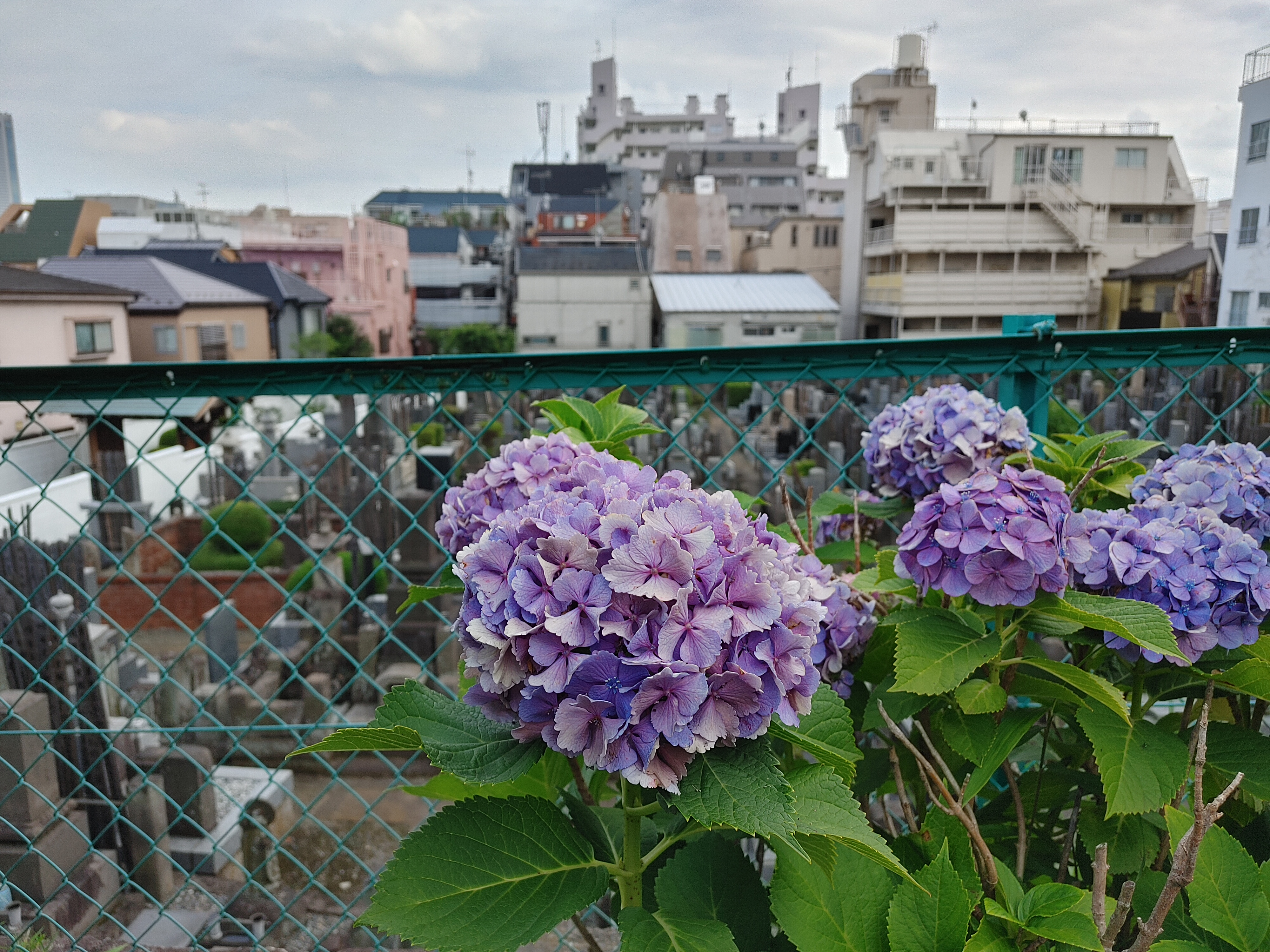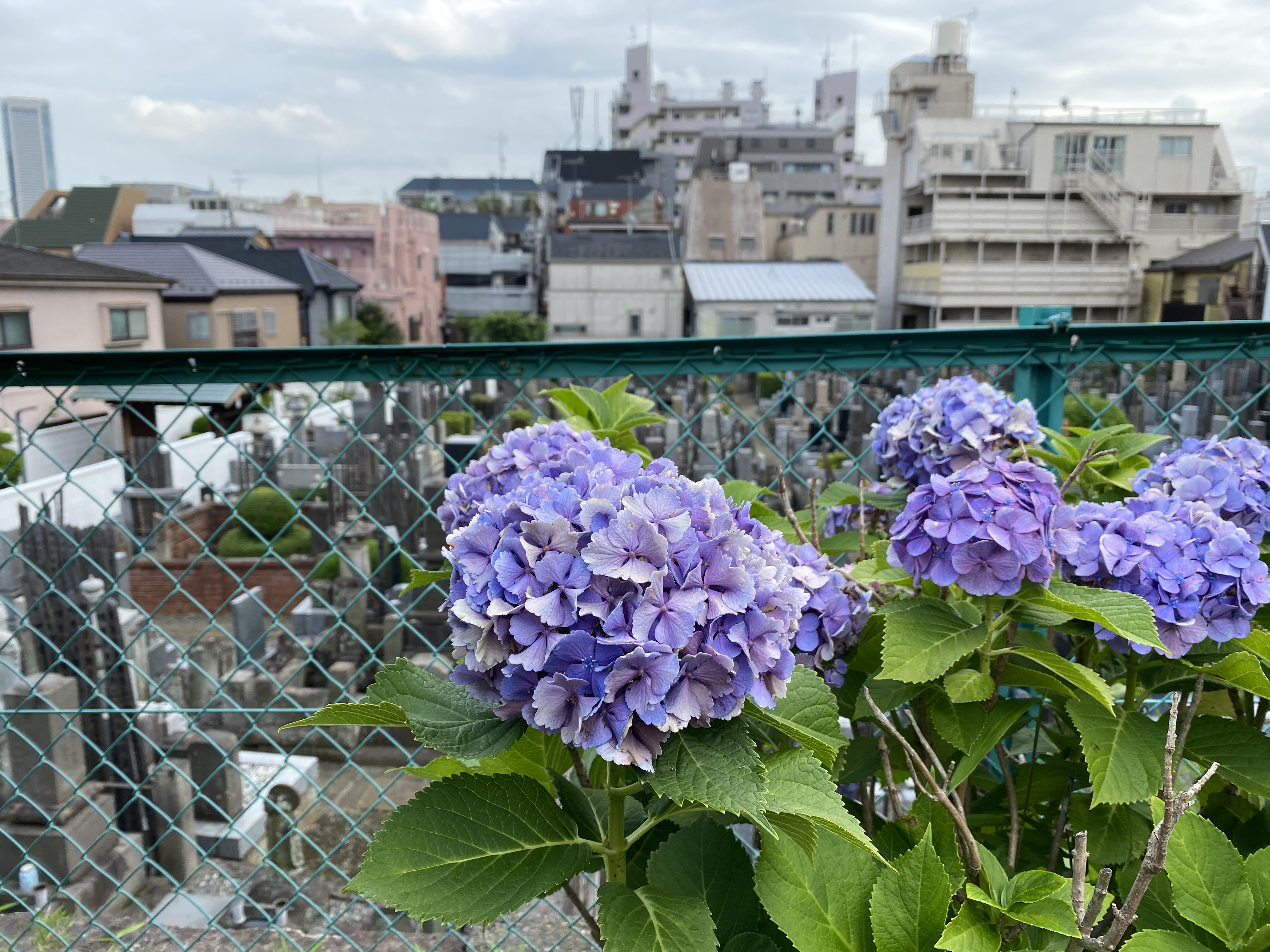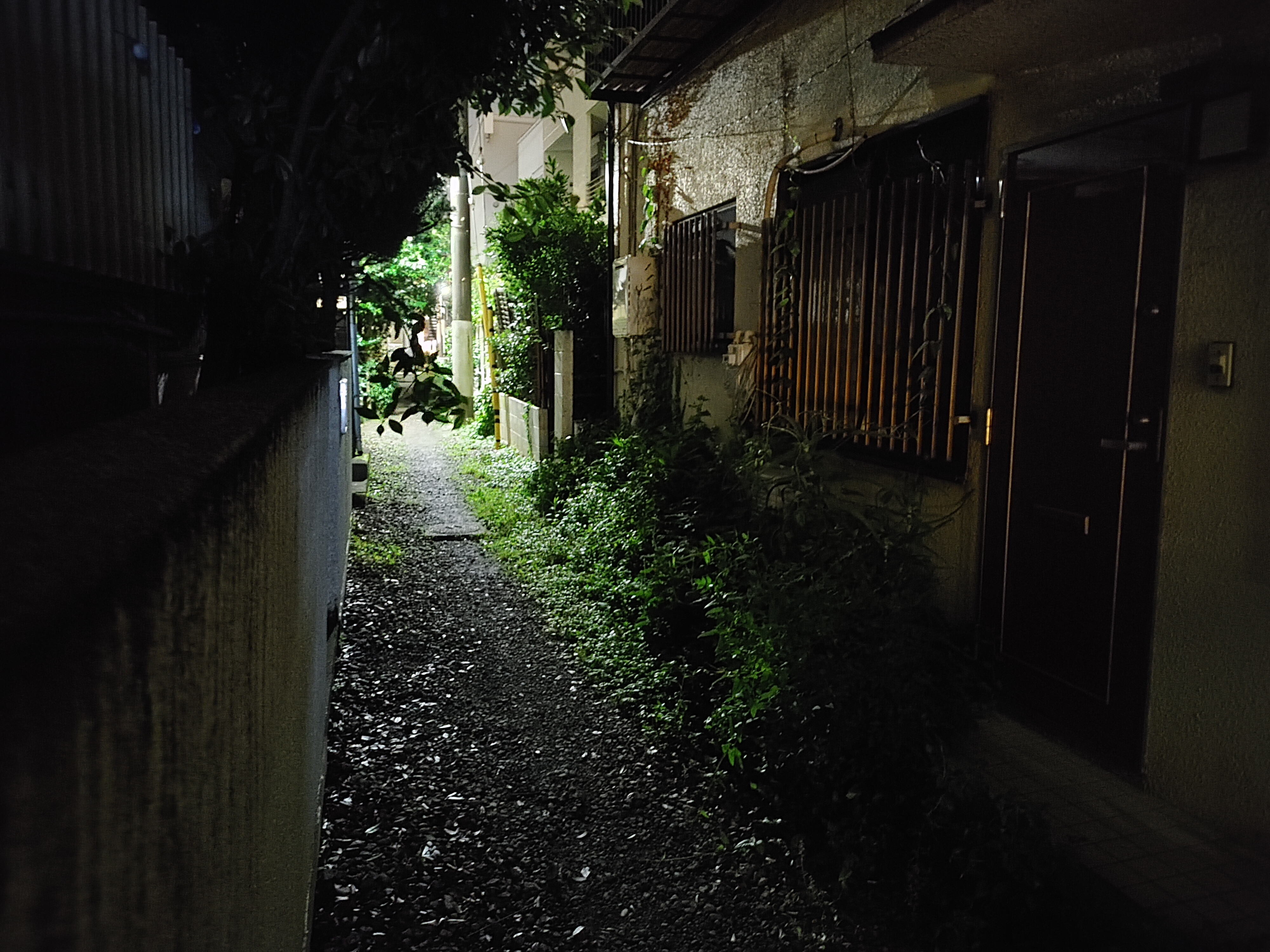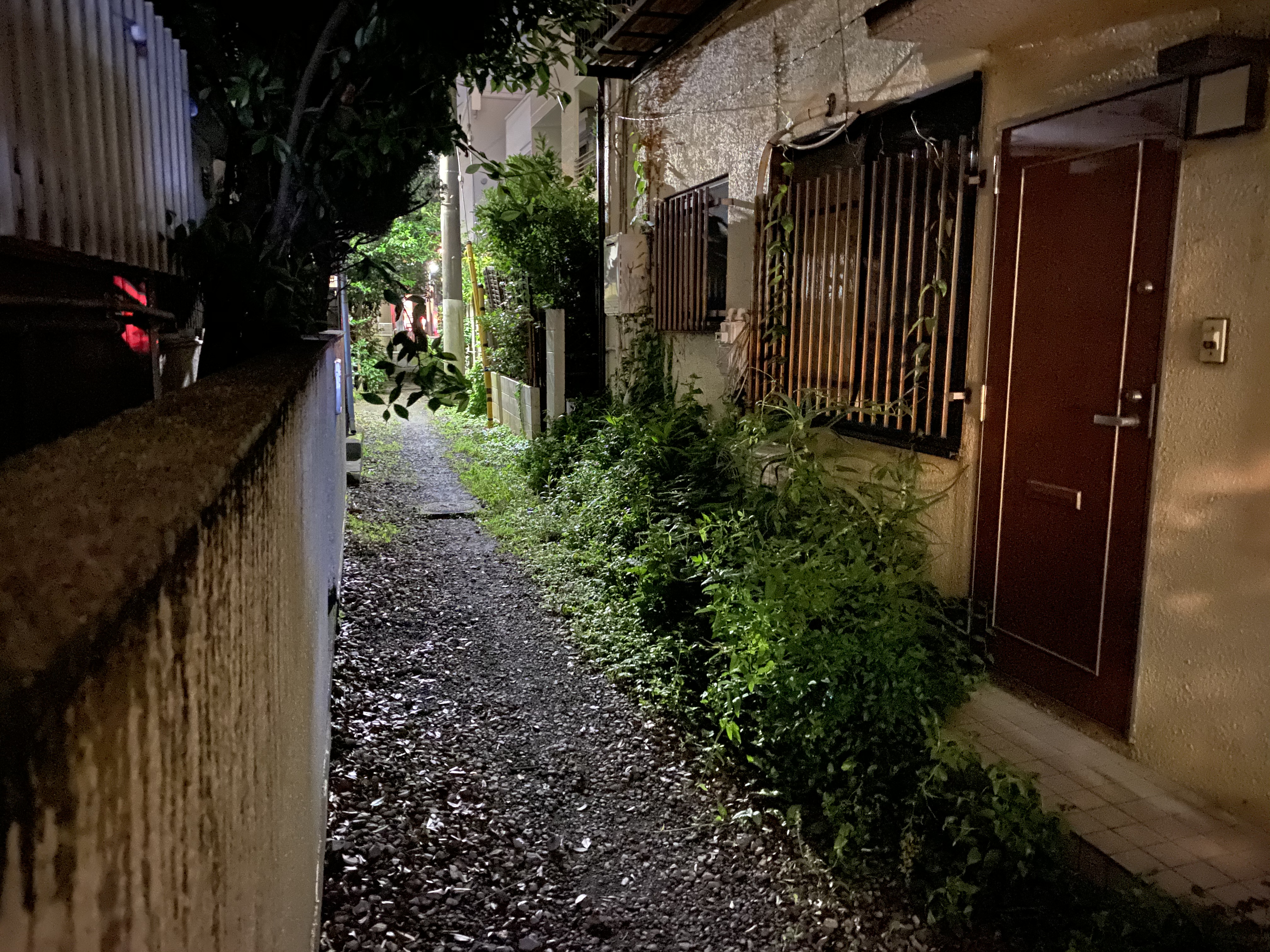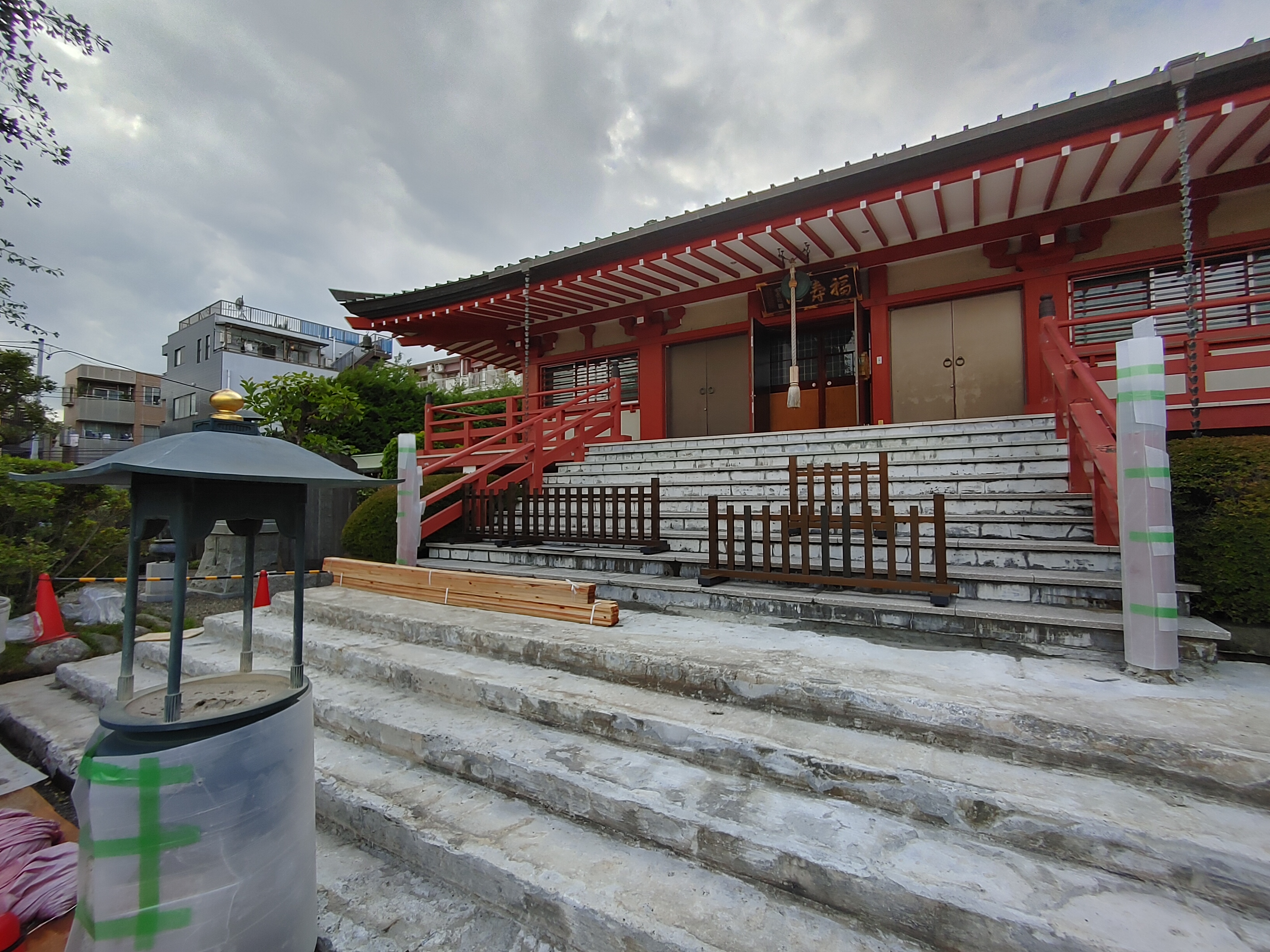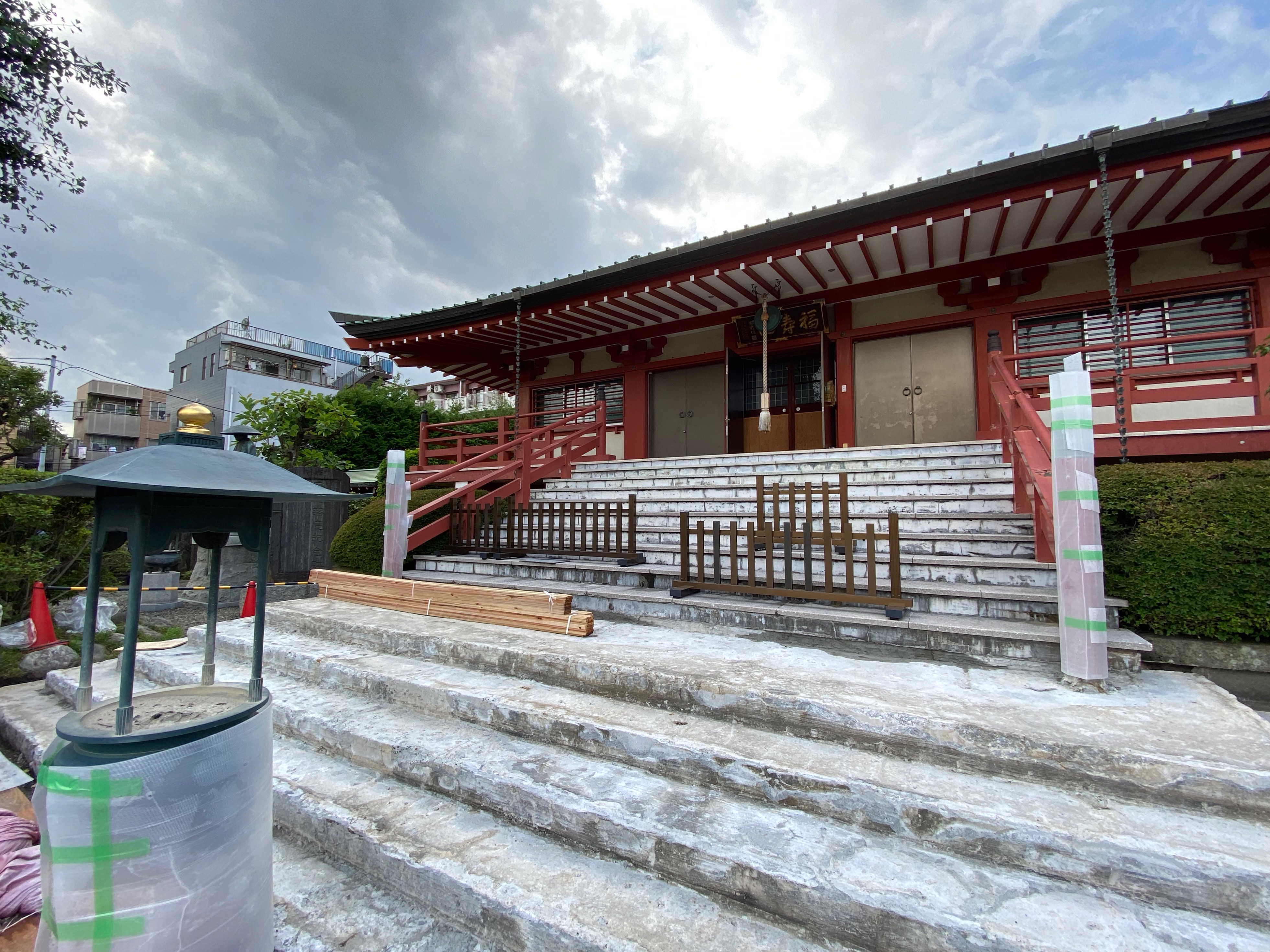I have used most of LG's flagship phones in recent years. I even enjoyed using them. But the hell if I could pick them out of a lineup. LG has followed an aggressively boring design language that has been adopted in almost the same way by almost all of its latest phones. The G7, V40, G8, V50, etc. are all good devices on paper, but they're only distinguishable if you can remember their specific screen sizes and camera layouts – and even then it's a challenge.
Whatever the reason, it doesn't work. LG holds on to its distant third place in the US and is not a company in many other important markets.
And now we have the Velvet, a phone in which LG implements the typical idea of a flagship phone in a completely different way and completely abandons the long-standing G series. It is an attempt for the company to be taken seriously as a design leader, as it was in the days of the legendary chocolate pusher in the mid-eighties. (LG even managed to stop itself from adding “ThinQ” in the name.) The Velvet is a mid-range phone with medium prices, but unmistakably high-quality fit and workmanship.
After using it for a week, I can say that the Velvet really doesn't look or feel like an LG phone or any other 5G phone. The question is what was sacrificed for it.
Typically, I would start a phone review by talking about industrial design. It doesn't happen too often that I use phones where the choice of processor has a significant impact on the user experience. In this case, however, LG's decision for the Qualcomm Snapdragon 765 (and the slightly faster 765G in the USA) informs almost everything about the device.
Almost every flagship Android phone you'll read about this year essentially uses a Snapdragon 865 system-on-chip. It is the fastest chip available to Android device manufacturers. The problem with the 865, however, is that not only does it not have an integrated 5G modem, Qualcomm Mandates that it is paired with a separate 5G modem that takes up physical space and consumes more power. The result is that 4G flagship Android phones practically no longer exist, and 2020 5G phones are usually quite thick and heavy.
The 765 isn't as powerful a chip as the 865, but it does have a built-in 5G modem that allows for a more efficient design. LG's bet is that with a little sacrifice in peak performance, you get a slimmer phone that works well with new 5G networks.
When you pick up the Velvet for the first time, you will understand that LG really went all-in on this bet. This is by far the most attractive phone LG has made in many years – maybe ever. It is beautifully made from top to bottom and has a strong sense of balance in its curves and lines. In addition to most other Android flagships for 2020, the 7.9 mm thick frame looks like something from the future. (Or from the recent past, a few years ago, when many Android phones exceeded the limits of thin designs.)
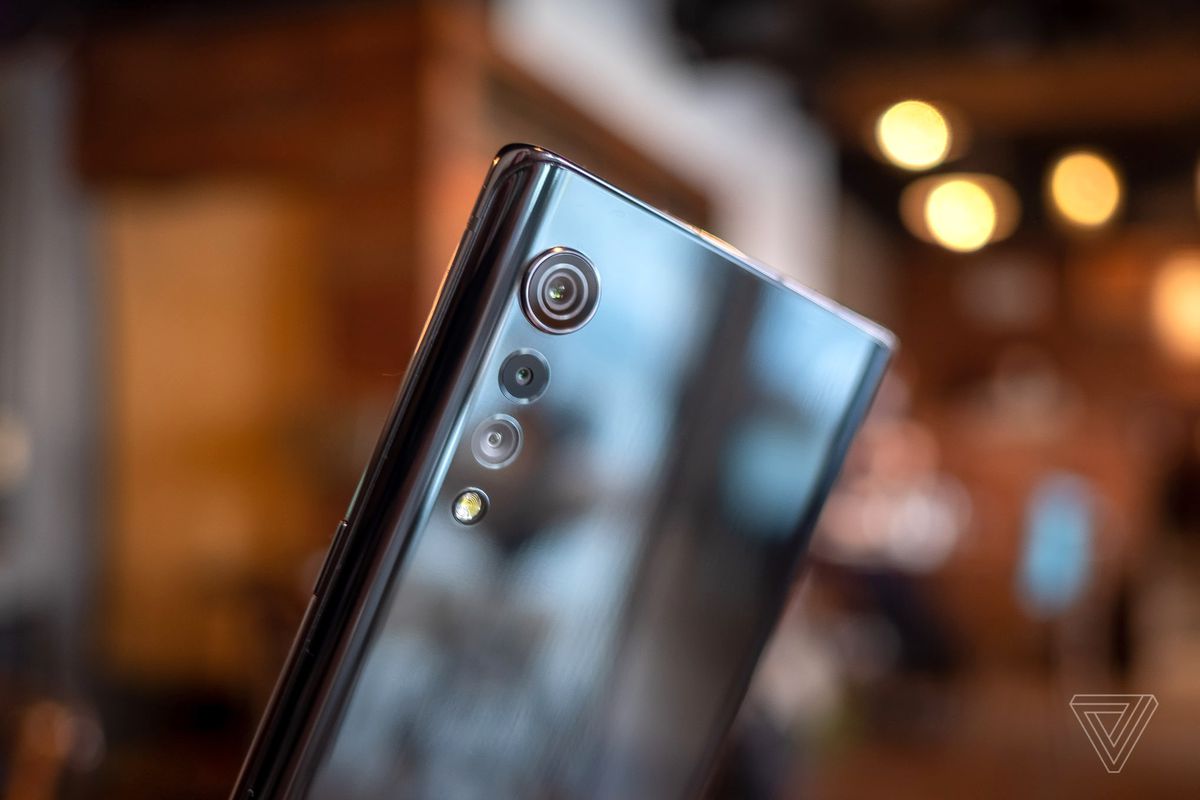
However, I appreciate that this may not work as well on photos, especially since LG sent us this boring fingerprint magnet version "Aurora Gray". This is the type of phone that you have to hold in your hand to understand the appeal of. The symmetrically curved glass on the front and back, for example, is not entirely new, but contributes to the feeling of thinness. I wouldn't necessarily say LG is breaking new ground here, but it's refreshing in the context of today's high-end phones.
However, this is still a big phone. So don't expect the modest specs to make a portability breakthrough possible. The Velvet has a 6.8-inch 1080p OLED screen with a selfie camera notch and narrow bezels at the top and bottom. The top edge is a bit thicker than on other phones, but balances the "chin" on the bottom.
Although the screen itself looks great, there are some problems. It only runs at 60 Hz, which puts it out of sync with virtually every other premium Android phone this year. I also found that the on-screen fingerprint sensor was slow and unreliable compared to what I've been routinely using on cheaper Chinese phones for years. A second or third print was often required for authentication.
So the velvet screen isn't class leading, but it's easier to forgive if you have two of them at the same time. Depending on your market, the Velvet comes with a new version of the dual-screen accessory that LG experimented with on its last flagships. This one is a little more sophisticated than before, although it's still inevitably bulky, and the smaller camera cutout on the back makes removing it more difficult than ever. However, I think it's a strong selling point for power users – it's a great way to multitask, even if I wouldn't leave it on the phone all the time.
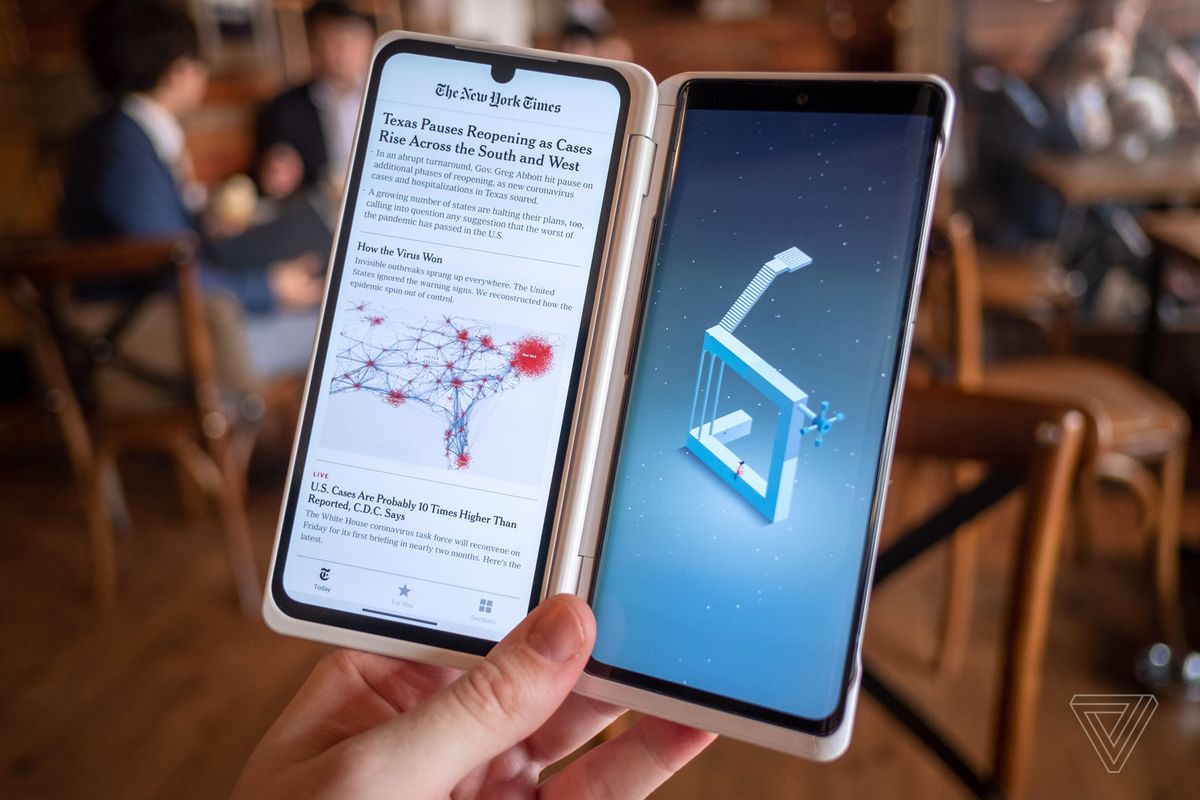
Speaking of cameras: the minimalistic “raindrop” design was a much touted part of the LG hype before the Velvet started. There is a large camera lens at the top, then two smaller lenses and below that a flash that causes dripping water. It looks cool and it's refreshing not to have a big camera bump, but overall I think I'd rather have a better camera setup.
While the Velvet's 48-megapixel main camera provides decent photos most of the time, it often suffers from over-sharpening and is not competitive in low light conditions. Here are some comparisons with the iPhone 11, one of the better cameras in this price segment.
The velvet does a little bit more detail at the pixel level in the flowers, but the colors are very flat. In real life, these flowers definitely looked more like the bluish hues captured by the iPhone.
Here are a few night mode shots. This was a really dark alley, so the Velvet shot is truer from one point of view. However, the iPhone both captures more color and Detail despite the longer exposure that I want to have nine times out of ten.
The 8 megapixel Ultrawide is disappointing when you consider that LG was the first major phone manufacturer to deliver one on the G5 2016. It will do the job if you have enough light, but the photos are dark and details are missing. It's worse than the Ultrawide on the iPhone 11, which itself is nowhere near as good as rivals like the Huawei P40 Pro.
The iPhone blows out the sun a bit here, but its exposure is generally much more comfortable and it captures a lot more details. The velvet photo looks like a watercolor if you zoom in a little.
This third lens in the "raindrop" layout is a 5 megapixel depth sensor to support artificial bokeh, although I'm not entirely sure what difference it made, if any. Other phones can do this with single lenses, and if LG really wanted to add a third one for this purpose, it could as well be a telephoto lens.
The Velvet's cameras aren't terrible, but they're not great. The picture quality does not match the processing quality of the phone. You are firmly in the middle here.
This brings me to Velvet's Snapdragon 765 processor, which, as mentioned earlier, is the whole reason why this phone is the way it is. In general, I don't think it's a compromise. Apps load quickly, web pages are rendered as expected, games run flawlessly, and so on. But the Velvet still feels kind of slow, whether it's the 60 Hz display or the stuttering scrolling in certain apps. I don't know if it's the chip itself or LG's software, but it doesn't match other 2020 flagship Android phones.
However, the Velvet offers the 765 excellent battery life. Despite its thin frame, there is a 4,300 mAh cell here, and it was more than enough for me to get through the day – I wouldn't have too many concerns about pushing it for two. (Admittedly, I didn't leave the house that often.)
There's one last bad news I have to report: The Velvet is LG's first premium phone recently that didn't come with a Quad DAC for high quality headphone performance. At least it still has a headphone jack, but you won't get that extra boost. I'm not a hardcore audiophile, but I can certainly hear the difference when I turn on the Quad DAC with other LG phones. So I'm a little sad that he's missing here. At least the feel is still good.
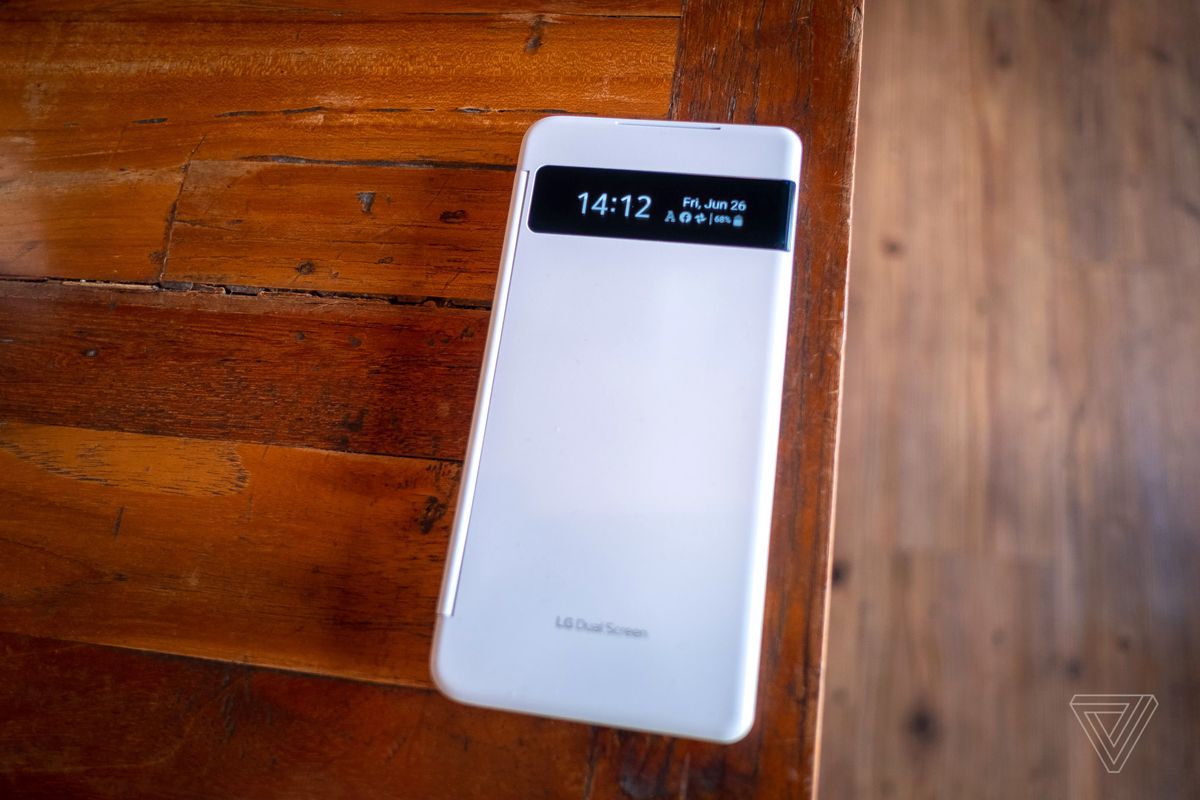
The LG Velvet is an unusual phone that has no direct competitors. It is an attractive mid-range device in a world of handsome, ultra-powerful flagships. If you're less interested in screen refresh rates and camera performance than looking chic and light in design (or a bulky case with two screens), this may be just the thing for you, especially if 5G is a priority.
For everyone else, however, it could be a difficult sale. We haven't released final U.S. prices yet, but I think it will be hard to recommend if the dual screen costs more than $ 600. For comparison, last year's G8X had flagship specs, but a boring design and not a 5G. It sold for $ 699 with a chunkier version of the second screen. According to LG, the price will be lower than the price of the Korean version of ~ $ 750, but ultimately it will be set by the network operators.
I like LG's approach with the Velvet. It is really trying something different after years of making niche flagships, and this is a powerful first attempt at a striking new design. Unfortunately, it's not enough in some key areas, and I think most people will probably be able to find better options. But between the Velvet and reports of even more experimental form factors, I can at least say that I am fascinated by LG's mobile phone design again.
